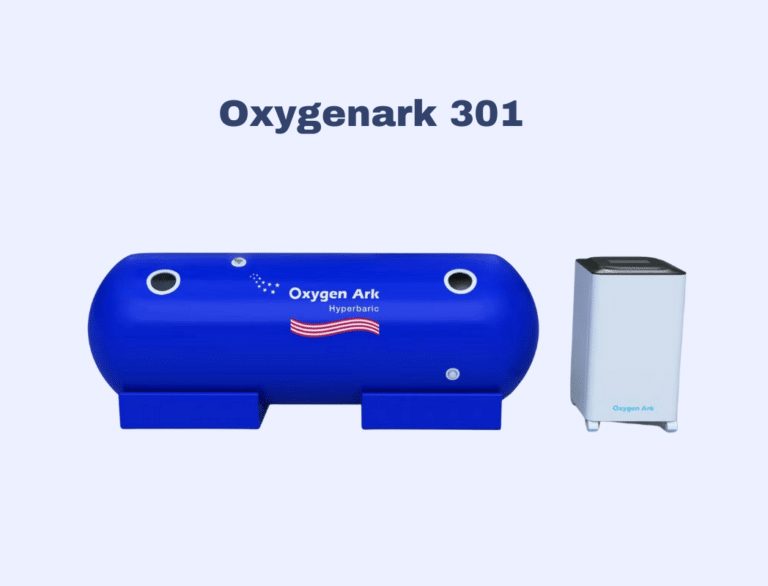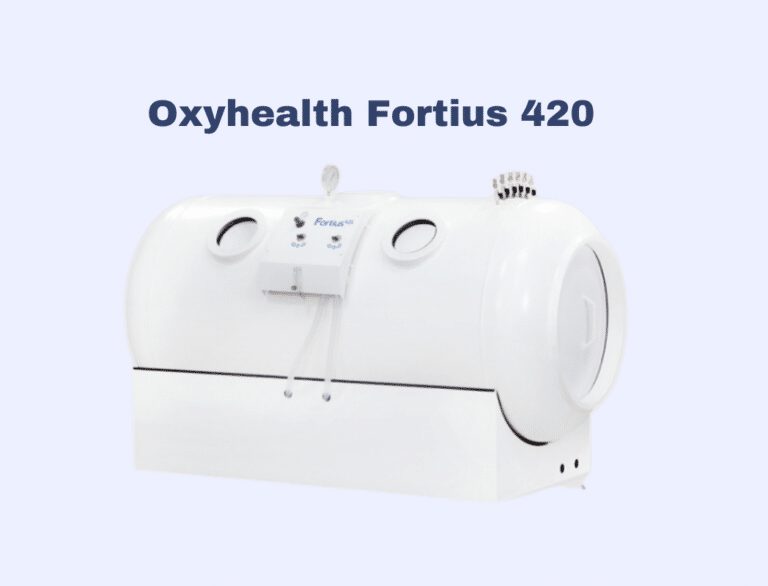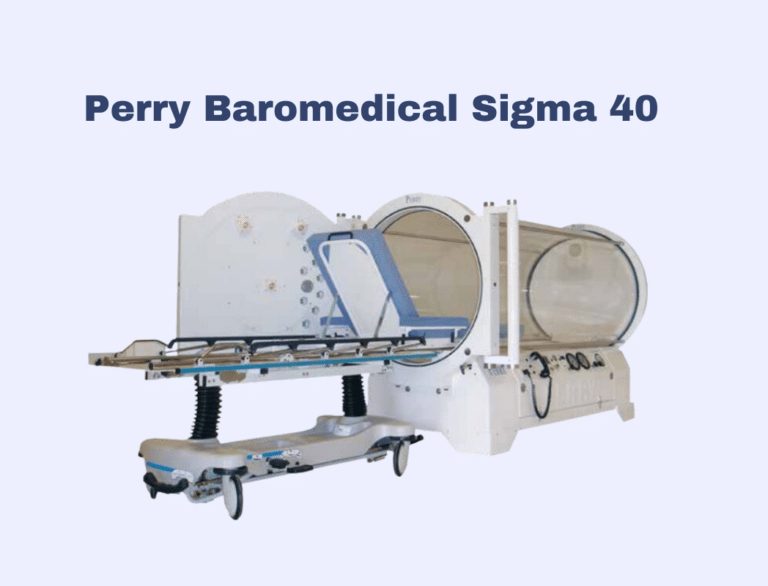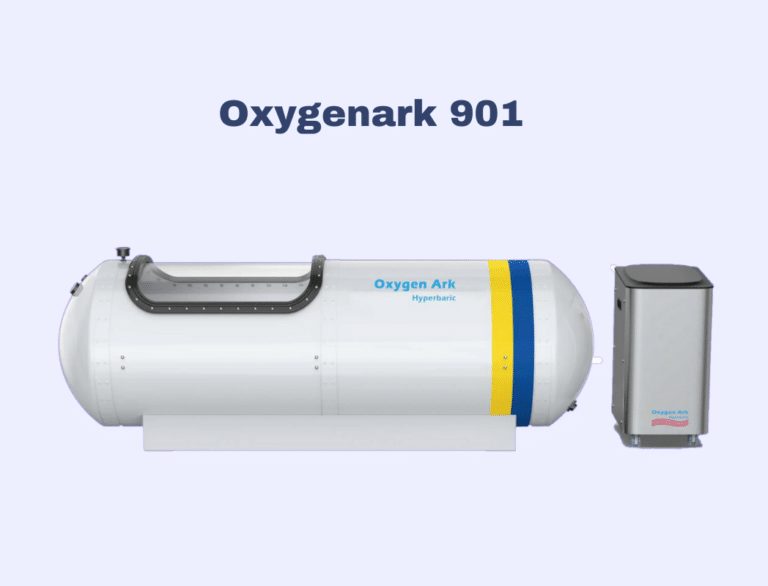Hardshell hyperbaric chambers, constructed with sturdy materials like steel and acrylic, can withstand high pressures up to 3.0 ATA. This makes them very effective in treating various severe conditions such as decompression sickness, serious infections, or wziounds that haven’t healed due to diabetes or radiation injury. These chambers are typically used in hospital or clinical settings, providing patients with professional medical supervision, ensuring safe and effective treatment.Additionally, the secure structure and controlled environment of a hardshell chamber allow for the administration of pure oxygen, which can enhance therapeutic effects. However, hardshell chambers come with challenges like high costs, both in terms of initial investment and ongoing maintenance. Their significant size and weight require dedicated space, making them unsuitable for small clinics or home settings. Furthermore, they lack portability, restricting their usage to a fixed location.
Softshell hyperbaric chambers, made from flexible materials, are lightweight and portable, offering great convenience. They can be easily set up in a home setting, allowing for frequent or long-term treatments, perfect for individuals needing routine therapy for conditions such as mild brain injuries, chronic fatigue, or recovery from sports injuries. Their lower cost makes them more affordable and accessible, opening up hyperbaric treatment to a broader population.
Ultimately, the choice between hardshell and softshell chambers should consider various factors. It’s important to consult with a healthcare provider knowledgeable about hyperbaric medicine to ensure the chamber meets specific medical needs, budgetary considerations, space and portability requirements, and the level of medical supervision required.
The best hyperbaric chamber: Oxyhealth Vitaeris 320

Why we like it: Oxyhealth’s Vitaeris 320 is as efficient and spacious as any other chamber on the market, including the more expensive ones. The chamber offers a roomy 32-inch diameter design that provides a comfortable treatment experience. The tamper-proof, dual redundant pressure regulator valves and patented 2-zipper seal assemblies ensure impeccable safety during treatments.
The Compact Powerhouse: Oxynova Oxynova 7

The Oxynova 7 is also more customizable, offering eight custom-interchangeable positions with dimmable LED lighting that enhances user comfort. The smaller size of the Oxynova 7 makes it a great option for those with limited space.
The Balanced Design Bargain: Oxygenark 301

| Feature | Oxyhealth Vitaeris 320 | Oxynova Oxynova 7 | Oxygenark 301 |
| Working Pressure (ATA) | 1.3 | 1.4 | 1.3 / 1.4 |
| Diameter (in/cm) | 32 / 81.28 | 28 / 71.12 | 31.5 / 80 |
| Length (in/cm) | 92 / 233.68 | 90 / 228.6 | 86.61 / 220 |
| Weight (lbs/kg) | 105 / 47.63 | 31.9 / 14.5 | 114.6 / 52 |
| Airflow (L/Min) | N/A | 160 | 75 |
| Oxygen Delivery (L/Min) | N/A | N/A | 5 |
| Sound Level (dB) | N/A | <60 | <60 |
| Power (watt) | N/A | 800 | 650 |
| Material | Urethane coated polyester | N/A | 2-layer TPU |
| Integrated Compressor | Yes | Yes | Yes |
The Medical Grade Powerhouse: Oxyhealth Fortius 420

The Spacious Therapy Chamber: Perry Baromedical Sigma 40

The Innovative and Portable Option: Oxygenark 901

| Feature | Oxyhealth Fortius420 | Perry Baromedical Sigma 40 | Oxygenark 901 |
| Operating Pressure | Up to 3.0 ATA (29 psi) | 30 psi / 3 ATA (2.07 bar) | 1.3 / 1.5 ATA |
| Chamber Diameter | 42 in (106.68 cm) | 40.5 in. / 1.029 meter | 30 in (75cm) |
| Weight | Chamber: 1250 lbs (567 kgs) | 2850 lbs. / 1293 Kg | 85 kg |
| Length | 91 in (231.14 cm) | 105 in. / 2.667 meter | 83 in (210cm) |
| Construction Material | Reinforced steel | / | Lightweight aluminum |
| Max Patient Weight | / | Certified for patients up to 700 lbs | / |
| Additional Features | – Variable treatment pressures – Tamper-proof redundant pressure regulators – Custom fit contoured mattress – Portable and simple to move |
– Cool and quiet treatment compartment – Patient controlled temperature – Adjustable stretcher with safety handrails – Optional 22” flat screen TV with CD and DVD features |
– Integrated air compressor, oxygen generator into CCU – RoHS and CE test passed – Highly maneuverable – Long life span of over 20,000 hours |
| Oxygen Supply | Through a hood assembly system | 50 to 90 psi / 3.45 to 6.2 bar | 5L/Min |
-
Purpose: The intended use of the chamber plays a significant role in your decision. If you’re purchasing for a medical facility, a hardshell monoplace or multiplace chamber might be more suitable due to their higher pressure capabilities and ability to treat severe conditions. However, for home use or for treating milder conditions, a softshell chamber offers convenience and affordability.
-
Space: The available space in your clinic or home will also affect your choice. Monoplace chambers, which accommodate one person, generally require less space compared to multiplace chambers that can treat multiple patients simultaneously.
-
Safety Features: Safety should be a top priority. Look for chambers with built-in safety features, such as redundant pressure regulators, emergency pressure-release valves, fire suppression systems, and secure, tamper-proof closures.
-
Ease of Use: The chamber should be user-friendly, with clear, easy-to-understand controls. For home use, consider whether you will be able to operate the chamber safely and effectively on your own, or if you will need assistance.
-
Warranty and Service: Consider what type of warranty or guarantee the manufacturer provides. This can provide peace of mind in the event of any issues with the chamber. Also, check whether the company offers regular service and maintenance, which can extend the life of the chamber and ensure it continues to operate safely.
-
Comfort and Accessibility: Features such as roomy interiors, large viewing windows, adjustable lighting, and comfortable seating or bedding can make treatments more pleasant for patients. If the patient has mobility issues, consider whether the chamber is easy to enter and exit.
-
Training and Support: Some manufacturers provide training on how to use their hyperbaric chambers safely and effectively. This can be a valuable resource, especially for home users or smaller clinics without a lot of hyperbaric experience.
-
Oxygen Source: The type of oxygen source used (e.g., mask, hood, or built-in system) can impact the effectiveness of treatments and the overall user experience. Check what type of oxygen delivery system the chamber uses, and consider whether it meets your specific needs.
-
Customization: Some chambers offer customizable options, such as adjustable pressures, interchangeable positions, or dimmable lighting. These can enhance user comfort and allow treatments to be tailored to individual patient needs.
Dive Deeper Into Our Resources
For some insightful reads, we’ve curated a list of recommended articles just for you:
Still haven’t found what you’re looking for? Don’t hesitate to contact us. We’re available around the clock to assist you.
Conclusion
And there we have it! You’ve made it through our comprehensive guide and review of hyperbaric chambers. We’ve explored the differences between hardshell and softshell chambers, dissected their pros and cons, and even took a deep dive into some of the best products out there. Don’t worry, you’re not alone in this. Oxygenark will be an invaluable ally in this journey, ready to provide professional advice tailored to your specific needs.

